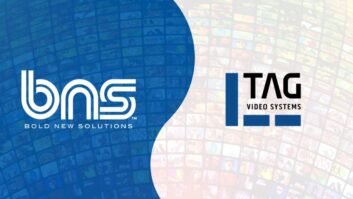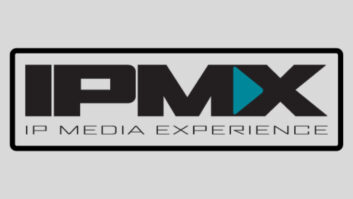Versatile Video Coding (VVC) will provide broadcasters and streaming service providers with new options for delivering the most compelling digital entertainment experiences, according to Lukasz Litwic, research leader at Ericsson and chair of the Interoperability Working Group at the Media Coding Industry Forum (MC-IF).
According to Litwic, VVC offers a path forward for streamlining and optimising current challenges faced by the broadcast and streaming sectors as well as on-ramps for integrating next-generation entertainment experiences, including virtual and augmented reality (VR/AR).
Litwic addressed how VVC will do that as part of a presentation at this year’s Mile High Video conference in Denver.
“What sets VVC apart from alternatives in the market is its compression efficiency as well as rich functionality and toolset, which provides a wide range of features and capabilities,” said Litwic.
Those features include:
- Improved compression efficiency: VVC provides substantial compression improvements over legacy codecs, allowing for better video quality at lower bitrates. This allows streaming service providers to deliver high-quality video content with reduced bandwidth requirements, resulting in cost savings and improved streaming performance.
- Versatility and flexibility: VVC provides built-in support for various video formats, such as UHD 4K resolution, high dynamic range (HDR), wide colour gamut, and high frame rates. The versatility allows streaming service providers to deliver immersive and high-quality video experiences to their audiences.
- Flexible resolution coding: VVC introduces a more flexible way to handle resolution coding. It enables the encoding and decoding of videos at different resolutions within a single-layer stream. This flexibility is particularly useful for adaptive streaming, where videos can be streamed at different resolutions based on the viewer’s device and network conditions.
- Enhanced support for new video formats: VVC supports new video formats like UHD 4K resolution, high dynamic range (HDR), wide colour gamut, and high frame rates, delivering more immersive experiences to viewers.
- Low Latency Capabilities: VVC introduces tools and techniques to reduce encoding and decoding latency, making it suitable for real-time applications such as live streaming and video conferencing, ensuring minimal delay between the source video and its playback.
- Future-proof solution: VVC is designed to support emerging technologies like virtual reality (VR) and augmented reality (AR), making it a future-proof solution for delivering immersive content.
- Simplified deployment and interoperability: VVC follows a similar architecture to previous codecs, making it easier to integrate into existing workflows and reducing deployment costs.
“VVC, in short, significantly improves compression efficiency, video quality, flexibility, and scalability compared to previous video codec standards. Beyond this, VVC also supports emerging immersive formats like VR and AR applications,” said Litwic.
“By offering substantial compression improvements over legacy codecs and additional functionality — new hooks, so to speak — that enhance these applications, better experiences can be delivered to the audiences, resulting in a positive impact on the demand side of the equation,” he added.







